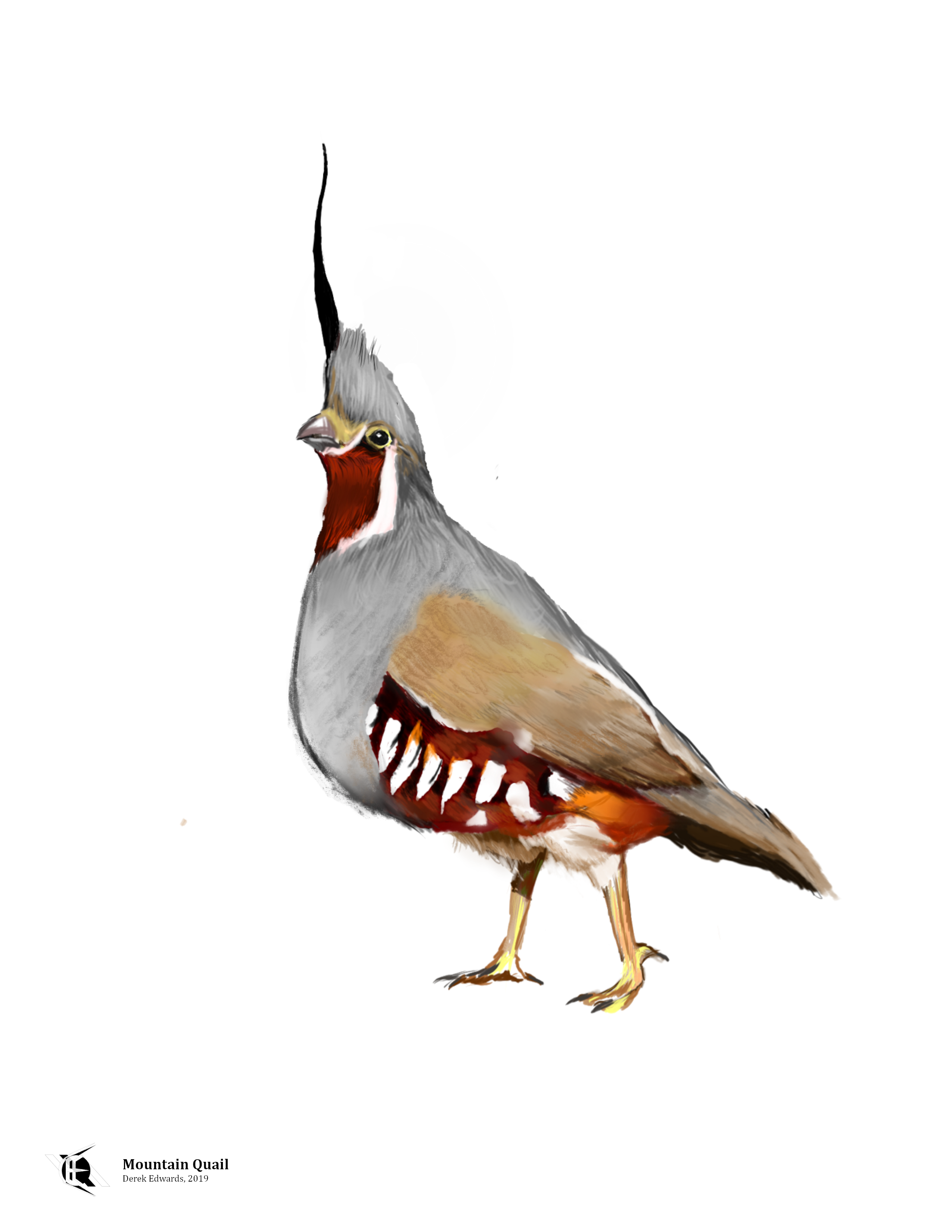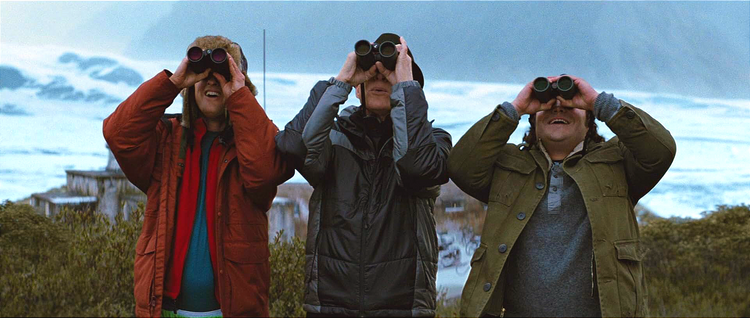
Running Commentary 9/20/2021
Hello,
I'm afraid this week's RC is gonna be a little short. I've had a very busy week. Some of that busy-ness I'm hoping you all will be seeing the results of soon, but for now, you'll at least have a bit of cake talk and a record-holding quail.
Anyway...
Eating...

So, I was watching a little of Alton Brown's Good Eats the other day, specifically his episode on milk (Season 11, Episode 1). One of the things he made in that episode was Dulce de Leche, which I've had several times and which is delicious. Another thing he made was pastel de tres leches ("Three-milked cake") another dairy-heavy Latin American dessert favorite which I had never tried but have only ever heard good things about. I thus decided to make some. I was not able to follow Brown's recipe exactly, since I didn't have cake flour. I did have some yellow cake mix, which I fixed without water and with double the eggs so it was kind of dry like his cake was. Otherwise I fixed it like he did.
I'll admit that the boxed cake mix probably meant this wasn't the best pastel de tres leches ever made. But, even imagining how it would be made out of really good cake, I think I'd still be a bit disappointed. Maybe it's been overhyped to me, maybe it's because I didn't grow up with it, maybe I just don't like cake, but I don't really see myself making this again. I'd much rather have used that yellow cake mix to make an apple crisp, myself.

Bird of the Week
This week we head for the west coast with the Mountain Quail. These game birds are found in brush at high altitudes from the southern Pacific Northwest down to the northern half of the Baja California. This is the largest species of quail in North America, reaching up to a foot in length and just over half a pound in weight. They are elusive birds, difficult to spot amid the bushes they keep near, but they are unmistakable due to their long forehead plumes.
Mountain quail do not generally migrate from one region to another, though they will shift higher and lower in the mountains with the seasons. This trek, sometimes across a range of 5,000 feet, holds the Guinness World Record for the longest on-foot migration made by any bird.
This bird's binomial name is Oreortyx pictus. "Oreortyx" comes from the Greek words "oreos", meaning "mountain", and "ortyx", meaning "quail". (Oreo cookies have an unclear etymology, but seem to be named after Oreodaphne, the genus of mountain laurels whose leaves are depicted stamped on the original cookie's chocolate wafers.) "Pictus" means "painted" in Latin, and is a reference to the daubs of white color on the bird's sides. They were first described under this name by the Scottish naturalist David Douglas, the namesake of the Douglas Fir, a tall coniferous tree that shares some of its range with the mountain quail.
See the full archive of birds on Notion
Curation Links
Aptitude | Cooper Shrivastava, Tor.com
[FICTION] "One may ascend to godhood in the same way one attains any other competitive position: a series of rigorous standardized exams."
The Journey to Define Dimension | David S. Richeson, Quanta Magazine
Lines have one dimension. Planes have two. Solids have three. The math says other things might have four or more, but how might that be described. There are models out there, but it's hard to actually comprehend what they're describing.
(Note: I'll second Richeson's recommendation of Flatland.)
Meet the Farmers Leading an Oyster Revival on the Forgotten Coast | Steve Dollar, Flamingo Magazine
"From the Panhandle waters, where wild oysters no longer flourish, a new breed of farmer emerges with the promise of a distinct Florida flavor and the hope of good fortune." A profile of oyster farmers cultivating a crop of mollusks long the last non-condo-crusted coast in the Sunshine State.
The Lives of Others | Lindsay Jones, The Atavist Magazine
On the northeastern edge of Canada, where people live in scattered fishing villages, healthcare can be a hard thing to provide. In 1960s Newfoundland, one small "cottage hospital" served dozens of port towns. The nurses there cared for their patients dutifully; they cared for their paperwork somewhat less so. The extent to the administrative sloppiness comes to light in this moving story of two men who began life sent home with each other's parents.
See the full archive of curations on Notion



Member Commentary